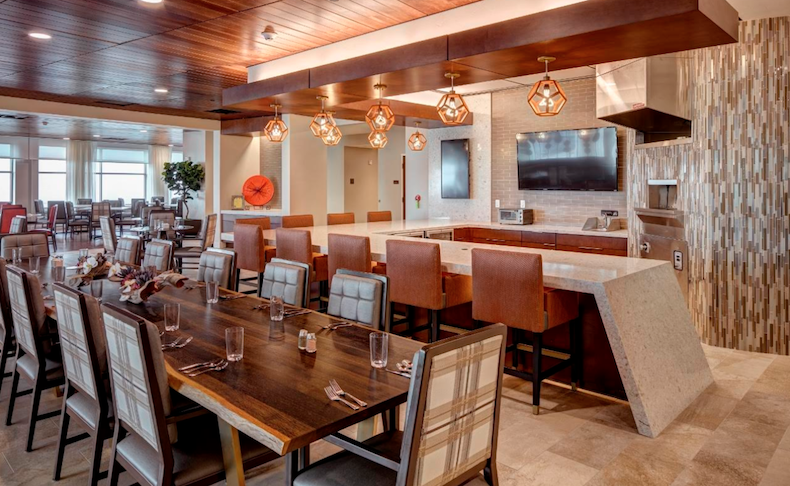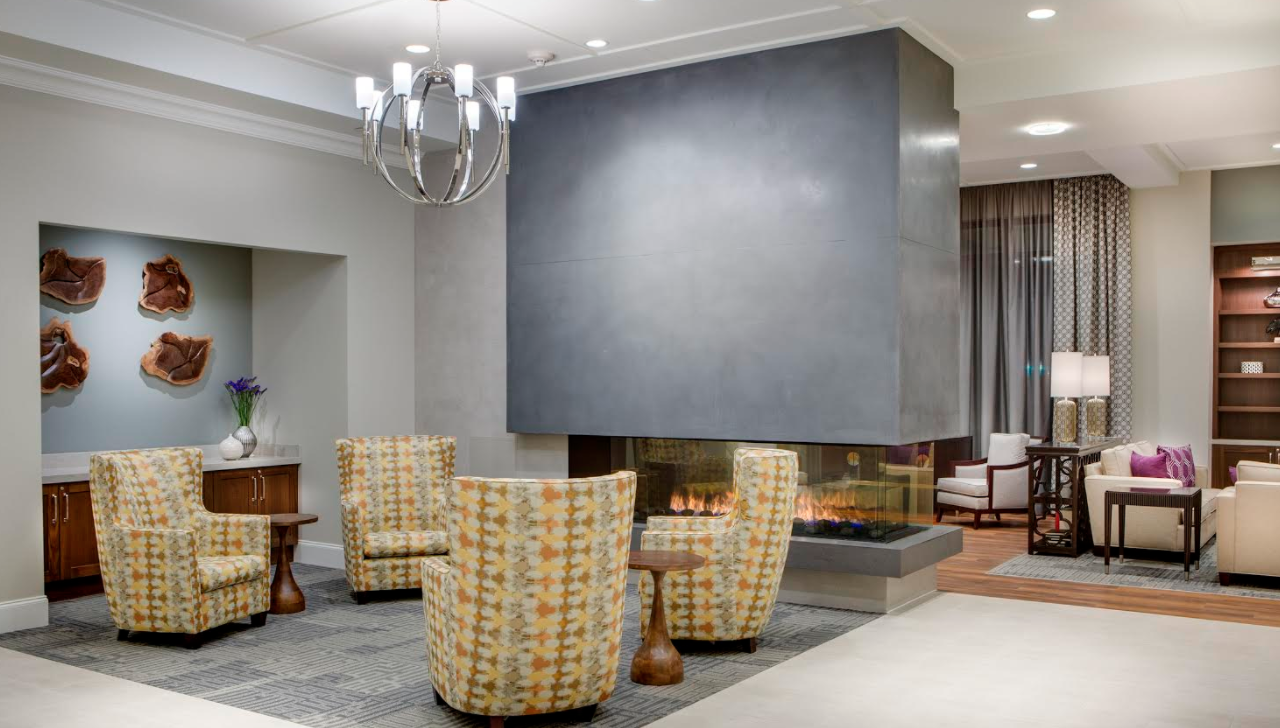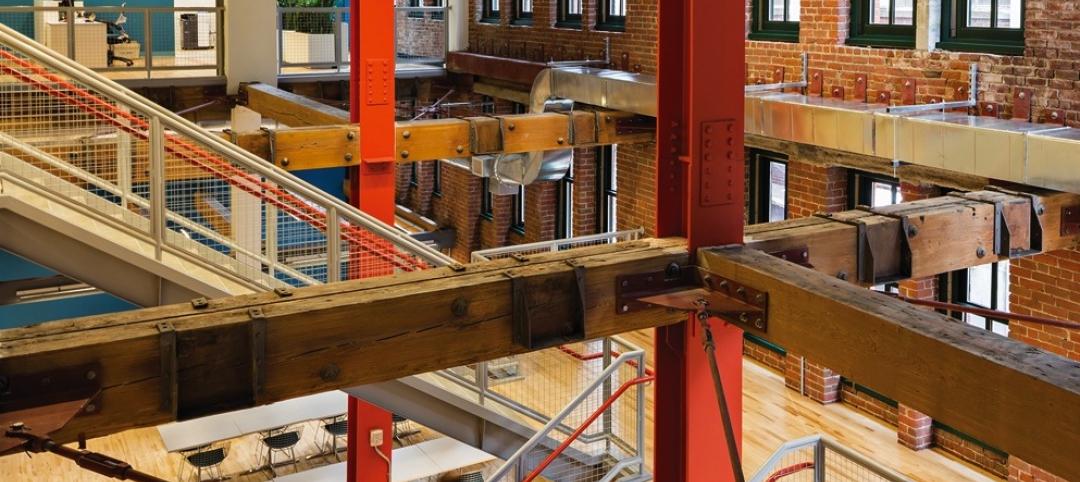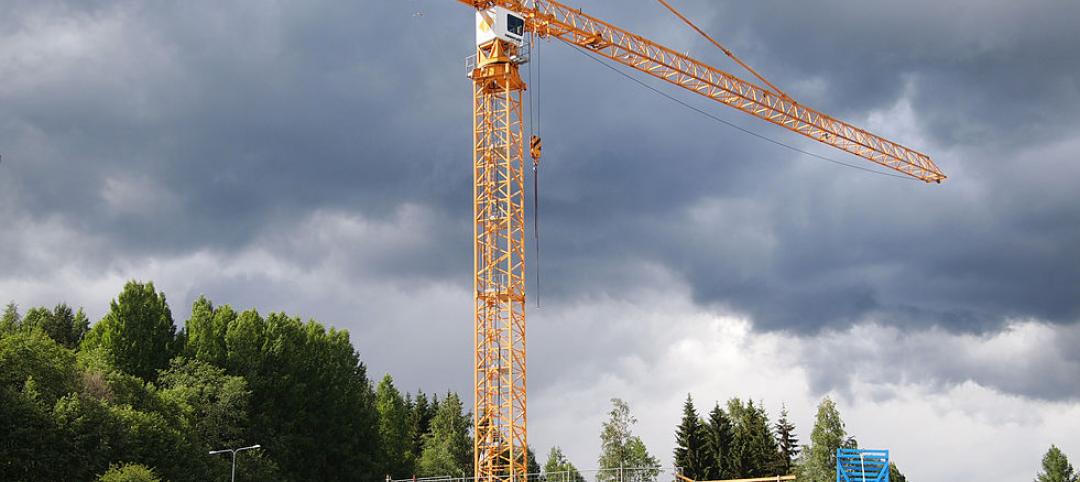A trend is defined as a state of fashion or the general direction in which something is developing or changing. At studioSIX5, an interior design firm focused on senior living facilities, designers are helping senior living communities stay fashionable and ahead of the game, taking the lead as the change agents of the senior living industry.
As 2018 kicks off, the studioSIX5 team has forecasted the following trends for the senior living market:
• Designing boutique and upscale communities for seniors and their baby boomer family members has been at the forefront of design considerations. But employee retention has become a new focus. Senior living communities are looking at ways they can cater to their employees’ needs in ways which result in increased efficiency and job satisfaction. Not only do operators want employees to feel comfortable while doing their job, they want them to feel valued as team members providing valuable care to residents.
• While integrated technology is now a norm, studioSIX5 anticipates that 2018 will bring about a heavier focus on building scalable technological capabilities into community infrastructures.
• The boom of building more urban communities in 2017 is creating a push to integrate senior living communities into master-planned communities, where amenities like salons, dining areas, and fitness centers are public-facing to encourage increased socialization with the community at large.• Designers are encouraging providers to include accent pieces and décor with local flavor, creating a sense of history and pride of place within a space. Mass-produced items have less character and feel less personal.
 LED lighting is being incorporated beyond just saving energy and is being used more and more to promote healthy sleep patterns and reduce anxiety by aligning lamp color temperature with residents’ circadian rhythms. Photo: studioSIX5
LED lighting is being incorporated beyond just saving energy and is being used more and more to promote healthy sleep patterns and reduce anxiety by aligning lamp color temperature with residents’ circadian rhythms. Photo: studioSIX5
• Consumer demand is causing manufacturers to embrace senior living requirements when designing products, materials, and furnishings. This rise in availability and variety will bring about more aesthetically-pleasing, functional products and furnishings for senior living.
• The use of less restrictive cooking technologies such as hoodless cooking, sous vide, and induction ranges will expand farm-to-table offerings and menu offerings to higher levels of care.
• Spaces with multiple uses and flexibility are still popular, but instead of having an area deemed as the “multipurpose room,” providers are looking at amenities that they can combine to serve a variety of purposes. For example, instead of having both a library and a coffee shop, they are combining the two.
• LED lighting is being incorporated beyond just saving energy and is being used more and more to promote healthy sleep patterns and reduce anxiety by aligning lamp color temperature with residents’ circadian rhythms.
• Luxe environments are moving beyond an understated elegance toward designs featuring jewel tones, mixed metals, and lush fabrics, allowing designers to create opulent custom pieces tailored to meet the needs of seniors.
• Senior living operators are creating opportunities for purposeful engagement in programming and operations, rather than simply providing activities. This encourages residents to participate in actual daily activities like meal prep, laundry, and gardening. The three zones of socialization will be used to create spaces which promote integration for each resident’s choice of socialization.
 Designers are encouraging providers to include accent pieces and décor with local flavor, creating a sense of history and pride of place within a space. Mass-produced items have less character and feel less personal. Photo: studioSIX5
Designers are encouraging providers to include accent pieces and décor with local flavor, creating a sense of history and pride of place within a space. Mass-produced items have less character and feel less personal. Photo: studioSIX5
Related Stories
| Sep 9, 2014
Using Facebook to transform workplace design
As part of our ongoing studies of how building design influences human behavior in today’s social media-driven world, HOK’s workplace strategists had an idea: Leverage the power of social media to collect data about how people feel about their workplaces and the type of spaces they need to succeed.
| Sep 7, 2014
Behind the scenes of integrated project delivery — successful tools and applications
The underlying variables and tools used to manage collaboration between teams is ultimately the driving for success with IPD, writes CBRE Healthcare's Megan Donham.
| Sep 3, 2014
New designation launched to streamline LEED review process
The LEED Proven Provider designation is designed to minimize the need for additional work during the project review process.
| Sep 2, 2014
Ranked: Top green building sector AEC firms [2014 Giants 300 Report]
AECOM, Gensler, and Turner top BD+C's rankings of the nation's largest green design and construction firms.
| Sep 2, 2014
Harvard study: Nation unprepared to meet housing needs of aging population
The number of adults in the U.S. aged 50 and over is expected to grow to 132 million by 2030. But housing that is affordable, physically accessible, well-located, and coordinated with supports and services is in too short supply.
| Jul 28, 2014
Reconstruction market benefits from improving economy, new technology [2014 Giants 300 Report]
Following years of fairly lackluster demand for commercial property remodeling, reconstruction revenue is improving, according to the 2014 Giants 300 report.
| Jul 28, 2014
Reconstruction Sector Construction Firms [2014 Giants 300 Report]
Structure Tone, Turner, and Gilbane top Building Design+Construction's 2014 ranking of the largest reconstruction contractor and construction management firms in the U.S.
| Jul 28, 2014
Reconstruction Sector Engineering Firms [2014 Giants 300 Report]
Jacobs, URS, and Wiss, Janney, Elstner top Building Design+Construction's 2014 ranking of the largest reconstruction engineering and engineering/architecture firms in the U.S.
| Jul 28, 2014
Reconstruction Sector Architecture Firms [2014 Giants 300 Report]
Stantec, HDR, and HOK top Building Design+Construction's 2014 ranking of the largest reconstruction architecture and architecture/engineering firms in the U.S.
| Jul 23, 2014
Architecture Billings Index up nearly a point in June
AIA reported the June ABI score was 53.5, up from a mark of 52.6 in May.














